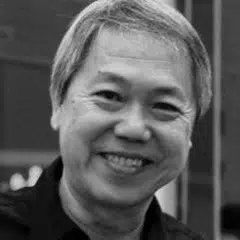Kaii Higashiyama's art as tribute to Chinese monk Jianzhen
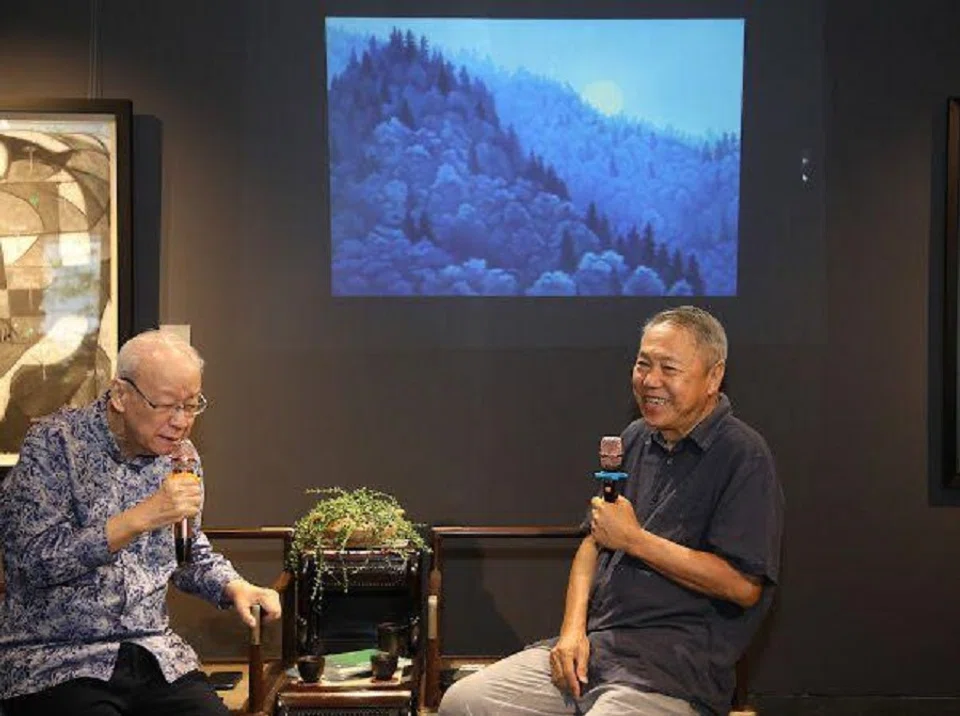
Mention Kaii Higashiyama and chances are most people in Singapore will draw a blank. But say "东山魁夷" (Dongshan Kuiyi), his name in Chinese, and most art lovers literate in Chinese everywhere would readily recognise him as one of Japan's greatest artists of the modern era.
I happened to moderate a talk on the art of Higashiyama held late last month in G-Art Gallery in Bras Basah Complex. The talk was given by Mr K C Low, 81, a veteran Singapore writer who has lived and worked in Japan for 20 years and published several books on Japanese art in Taiwan.
Mr Low had actually met Higashiyama at least twice while in Japan and got to talk to him about his art. When back in Singapore later, Low often kept in touch with him over the telephone.
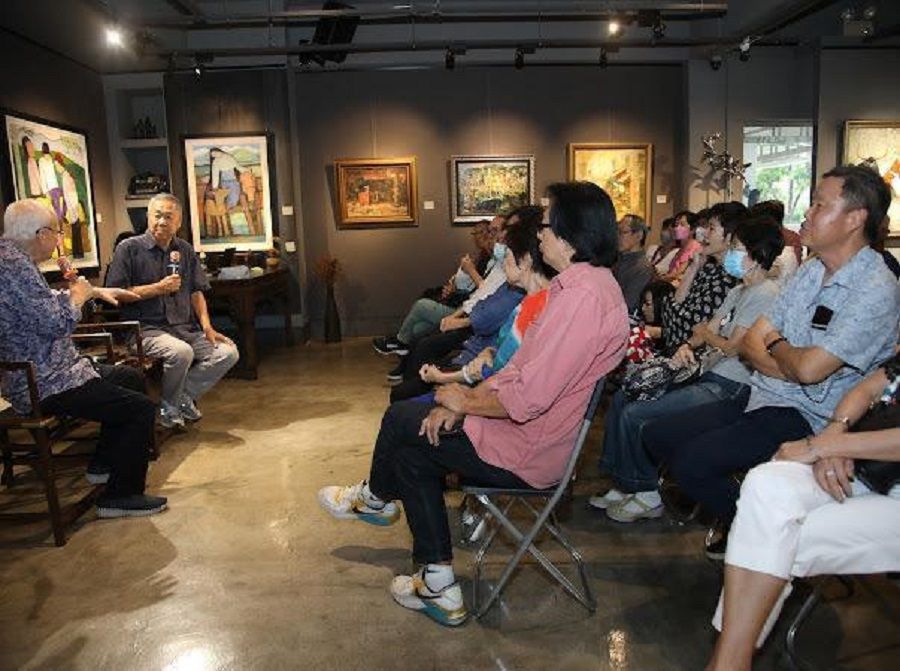
It was precisely because not many people here were familiar with such an iconic figure that prompted Low to introduce him in the talk, which was conducted in Mandarin. "Even if people have heard of him, they might not realise what he is so well known for," said Low, a graduate of Tokyo University of Marine Science and Technology.
... he is highly regarded for his distinctive landscapes such as The Path, Vibrant Green, and Winter Flower, which are imbued with rich spirituality and lyricism often considered a universal expression of the Japanese view of nature.
Murals at a Nara temple founded by Chinese monk Jianzhen
Besides, the artist's close association with Chinese culture, especially ink art, was another good reason why the topic would be of great interest to those in the art circle, he explained.
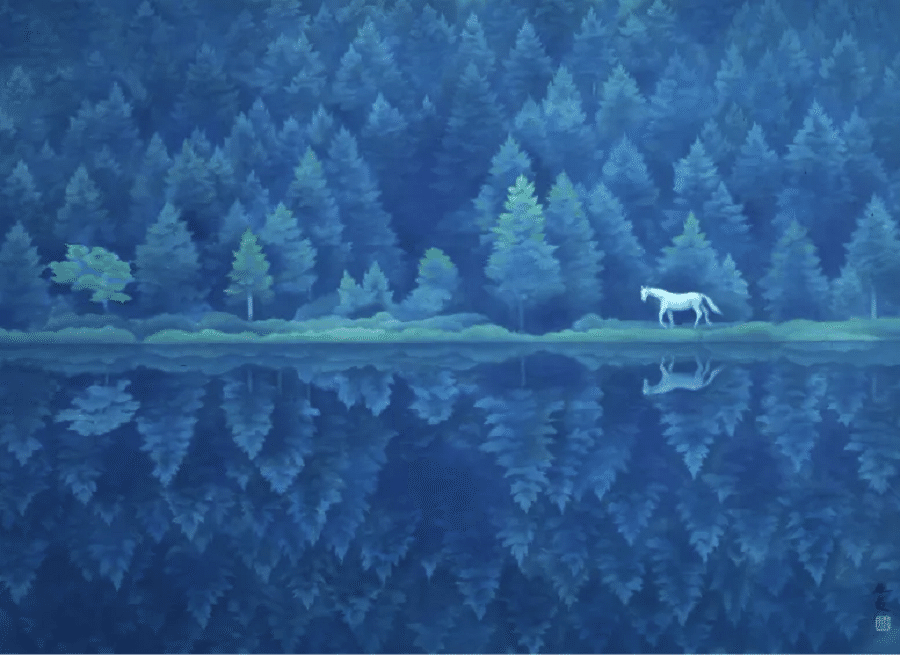
Kaii Higashiyama (1908-1999) graduated from Tokyo School of Fine Arts before travelling to Germany for his studies. Representative of post-war Japanese art, he is highly regarded for his distinctive landscapes such as The Path, Vibrant Green, and Winter Flower, which are imbued with rich spirituality and lyricism often considered a universal expression of the Japanese view of nature. Besides he was also a celebrated writer known for his prose and poetry.
Quite naturally, Low's presentation also focused on Higashiyama's work in Chinese ink and his mural paintings in the Miei-do Hall at Toshodaiji Temple in Nara founded by Jianzhen (鉴真 688-763), aka Ganjin Wajo, a high-ranking monk from Yangzhou, China in the 8th century.
Ironically, given the great cultural significance of this set of 68 treasured murals in Toshodaiji, they are ordinarily not open to the public for viewing except a few days a year. However, the murals were put on a special exhibition at the Shanghai Museum in 2019/2020 and later at Toyama Prefectural Museum of Art and Design and later the Iwate Museum of Art at the end of 2021.
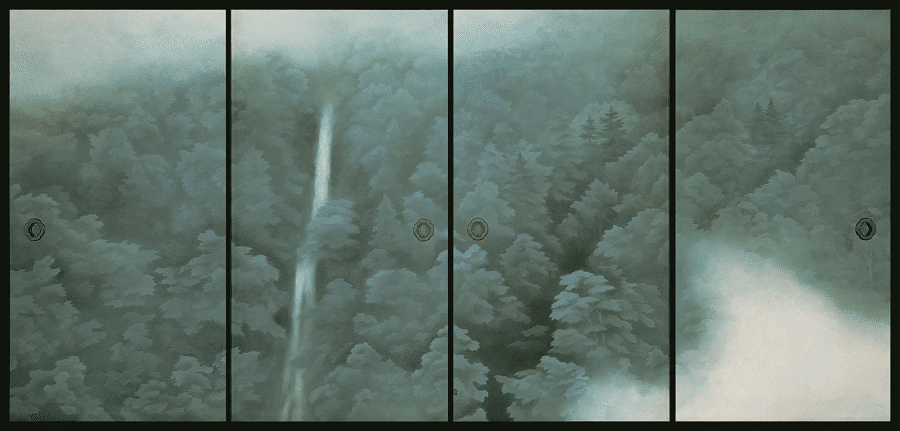
The murals, which depict landscapes of China and Japan, and a statue of Jianzhen caused quite a stir when they arrived in Shanghai for the exhibition. The Chinese media hailed the event as "Jianzhen's homecoming".
Jianzhen's remarkable journey from China to Japan
In 1971, the temple's elders commissioned Higashiyama to paint the murals in Toshodaiji to tell the fascinating story of Jianzhen's remarkable journey from China to Japan which began in 743 and succeeded 11 years later after repeated attempts thwarted either by adverse weather conditions or government intervention.
The Tang dynasty monk remained staunchly undeterred despite failure after failure in his mission. He braved perilous sea voyages across the East China Sea with unwavering determination to help advance the teachings of Buddhism and spread various branches of learning such as medicine and the art of calligraphy and sculpture in Japan.
During the ten years before he died in Japan, he and fellow Chinese monks helped spread Buddhist teachings especially among the aristocracy and promote the learning of Chinese culture.
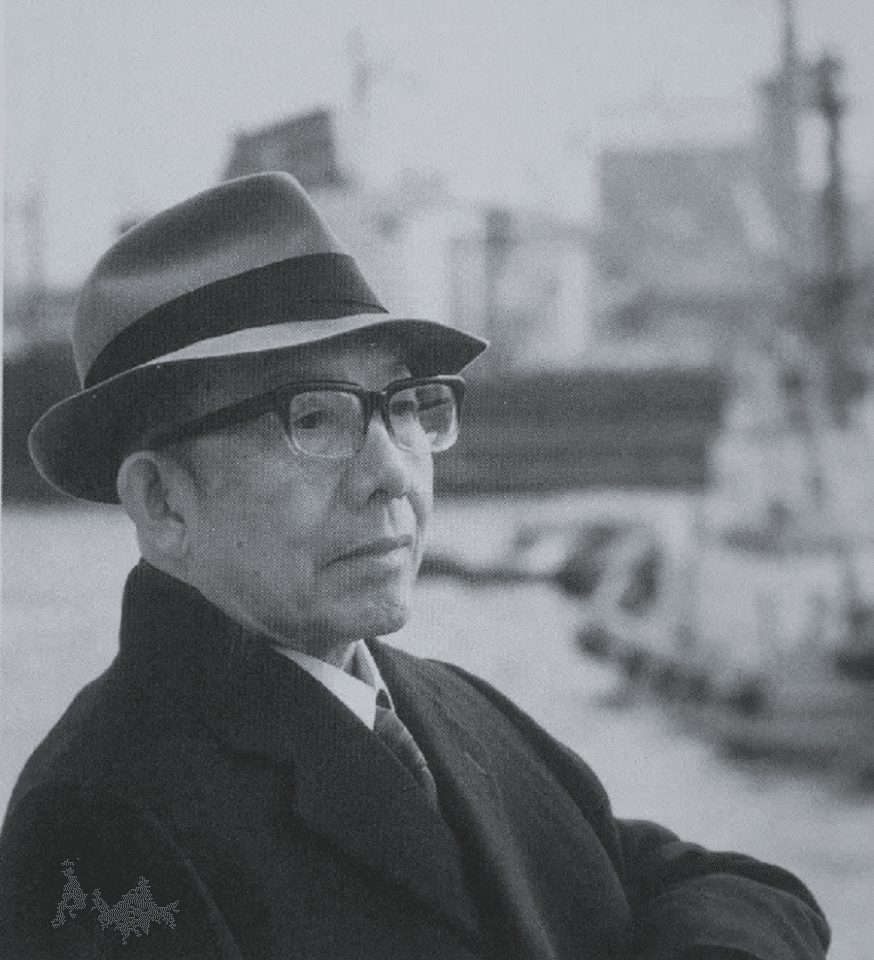
On his fifth voyage in 748, Jianzhen's ship was swept way off course by strong winds and drifted southwards to Hainan island where he stayed for a year. From there he toured various places such as Guilin and Guangzhou before travelling overland back to his hometown Yangzhou. On his journey home he fell ill with an infection which resulted in his turning blind due to improper medical care.
Five years later, more determined than ever despite his handicap, Jianzhen, set off again in a bigger ship with a 24-strong team and arrived in Kagoshima, Kyushu. He was received with the greatest enthusiasm and honours and was quickly appointed a high ranking abbot at Todaiji before he moved to preside over Toshodaiji in Nara, which was constructed by the imperial court. During the ten years before he died in Japan, he and fellow Chinese monks helped spread Buddhist teachings especially among the aristocracy and promote the learning of Chinese culture.
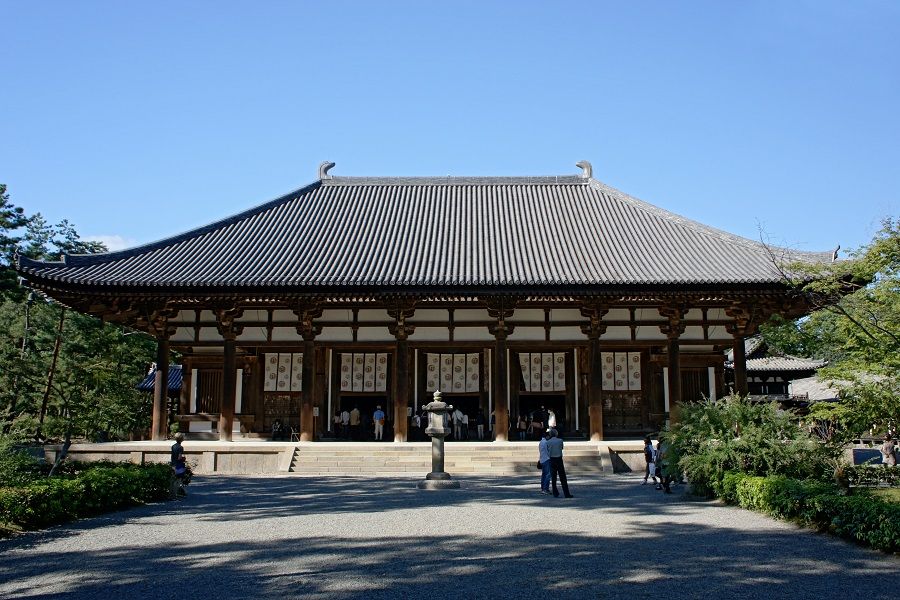
Jianzhen's indomitable spirit and important contributions became a great inspiration for Higashiyama to dedicate himself wholeheartedly to the work of completing mural paintings for the Toshodaiji Temple in Nara.
"When Higashiyama accepted the request to paint the murals in Toshodaiji, he put everything else on hold and concentrated fully on the task which eventually took him ten years to complete," Low said.
... when it came to Japanese landscapes, the artist chose to paint general scenes that were rather vague and indefinite. This was because when Jianzhen finally landed in Japan he was no longer able to see.
Using Chinese ink to tell an epic story
To get into Jianzhen's story, Higashiyama visited many places in Japan and China to retrace the monk's journey trying to get a feel of what he should have seen and experienced. In China, Higashiyama travelled to places such as Guilin, Taihu, Yangzhou and Huangshan to capture scenes that were quite specific and later incorporated into his murals.
However when it came to Japanese landscapes, the artist chose to paint general scenes that were rather vague and indefinite. This was because when Jianzhen finally landed in Japan he was no longer able to see.

"In thinking about what medium he should use in painting the murals, Higashiyama decided on Chinese ink. As a tradition originating in China and long adopted in Japan, ink painting shows similarities as well as differences in terms of how it has been practised between the two countries. In the way Higashiyama chose to tell the epic story, ink appeared to be the most appropriate choice for this reason," explained Low.
From the outset, Higashiyama had found that Chinese artists through the ages seemed to have exhausted the ways in which landscapes of such places as Huangshan and Guilin could be painted. This made him reflect more deeply on how differently as well as similarly ink aesthetics was expressed in Japan and China.
He experimented by blending Chinese with Japanese ink aesthetics and found a completely new expression to articulate his deep admiration for Jianzhen, ink painting, and Japan's traditional culture, and therefore pay tribute to them in his own way.
... Kaii Higashiyama has shown how he transcended boundaries and differences in an incomparable magnificent ink painting project to pay tribute to Jianzhen...
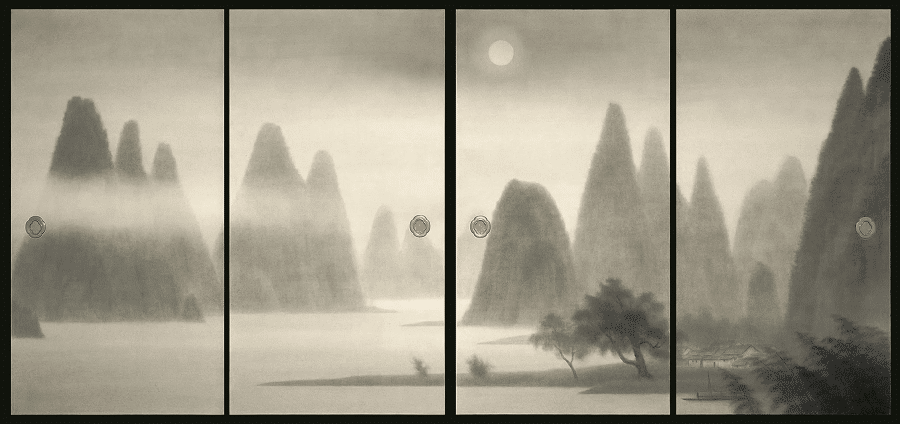
When Toshodaiji's treasures went on show in Shanghai in 2020, Low and I were excited about the prospect of viewing them, only to be disappointed due to pandemic travel restrictions. "It was a rare, indeed a once-in-a-lifetime chance, to catch such an exhibition - missing it was one of my life's greatest regrets," Low said whenever the subject came up in our conversation.
Nonetheless, Kaii Higashiyama has shown how he transcended boundaries and differences in an incomparable magnificent ink painting project to pay tribute to Jianzhen for his rich legacy of advancing friendship and understanding between peoples of different cultures more than 12 centuries ago.
